CPHN
June 27, 2021
For many King County families, food aid ‘not nearly enough’ as need spikes in pandemic
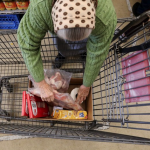
Food bank staff and public health officials predict it will take households several years to recover from food insecurity made worse by the economic instability of the pandemic. Ongoing research led by the UW Center for Public Health Nutrition in partnership with Washington State University and Tacoma Community College is highlighted.
May 11, 2021
Reliance on food assistance programs on the rise in Washington State
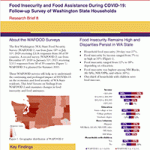
Food insecurity remains high and disparities persist among Washington State households, while reliance on food assistance programs across the state have risen over the past six months, according to new data published by the University of Washington Center for Public Health Nutrition. The latest report from the WAFOOD research team compares data from two surveys,…
March 31, 2021
How farms and ranches in Washington have been impacted by COVID-19
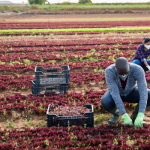
Nearly 60% of farms and ranches in Washington State have been negatively impacted by COVID-19 in 2020, and expect to make changes to adapt their businesses in 2021, according to a new report published by the University of Washington Center for Public Health Nutrition in collaboration with Washington State University and the Washington State Department…
March 23, 2021
You waste more than $1,000 of food a year. Chew on that

Marie Spiker speaks with the Los Angeles Times about global food waste and new data published in the Food Waste Index for 2021 by the UN Environment Programme which assesses that the world wastes 1 billion tons of food each year.
February 17, 2021
How the UW food pantry has adapted to rising food insecurity in the state
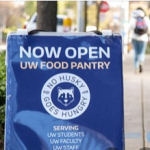
The Daily highlights how the UW Food Pantry is adapting to address food insecurity, and what UW Nutritional Sciences Program researchers involved in the WAFOOD survey have assessed thus far about state-wide food insecurity trends during the pandemic.
February 10, 2021
Michelle Obama is continuing her mission with a Netflix children’s show, ‘Waffles + Mochi’

Former first lady Michelle Obama to expand the work she started with her “Let’s Move” campaign which helps kids eat better and live healthy lives. A UW study published this year in JAMA by Nutritional Sciences Program researchers is noted. The study authors include senior study author Jessica Jones-Smith, Kelsey Kinderknecht, and Cristen Harris. The…
January 26, 2021
WAFOOD survey receives support from the Paul G. Allen Family Foundation

Among the several non-profit organizations and programs receiving recent emergency funding from the Paul G. Allen Family Foundation, the University of Washington Foundation has received a gift in support of the WAFOOD food insecurity survey. The Paul G. Allen Family Foundation has to date provided $12 million in emergency funding to provide relief to the…
January 25, 2021
Allen Family Foundation boosts COVID-19-related funding for hard-hit areas in Washington State

UW Center for Public Health Nutrition research receives gift from Paul G. Allen Family Foundation, supporting the Washington State Food Security (WAFOOD) Survey, a project studying impacts of COVID-19 on food access and nutrition in Washington State.
New COVID-19 Grants to Boost Efforts Toward Economic and Social Relief
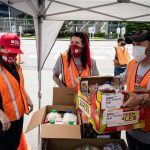
Paul G. Allen Family Foundation announces $1.4 million in emergency funding focused on getting the state’s underserved populations the food, child care, and stability they need most during this time. The gift includes direct support to the collaborative research by UW, WSU, and Tacoma Community College on food access in Washington State due to COVID-19.
The Paul G. Allen Family Foundation Continues Support for Vulnerable Communities During COVID-19

New support will boost efforts toward economic and social relief to those experiencing disproportionate impacts of the COVID-19 pandemic, including the University of Washington WAFOOD survey.
Previous page Next page